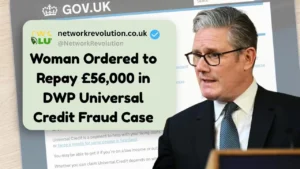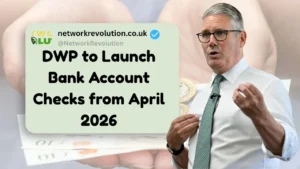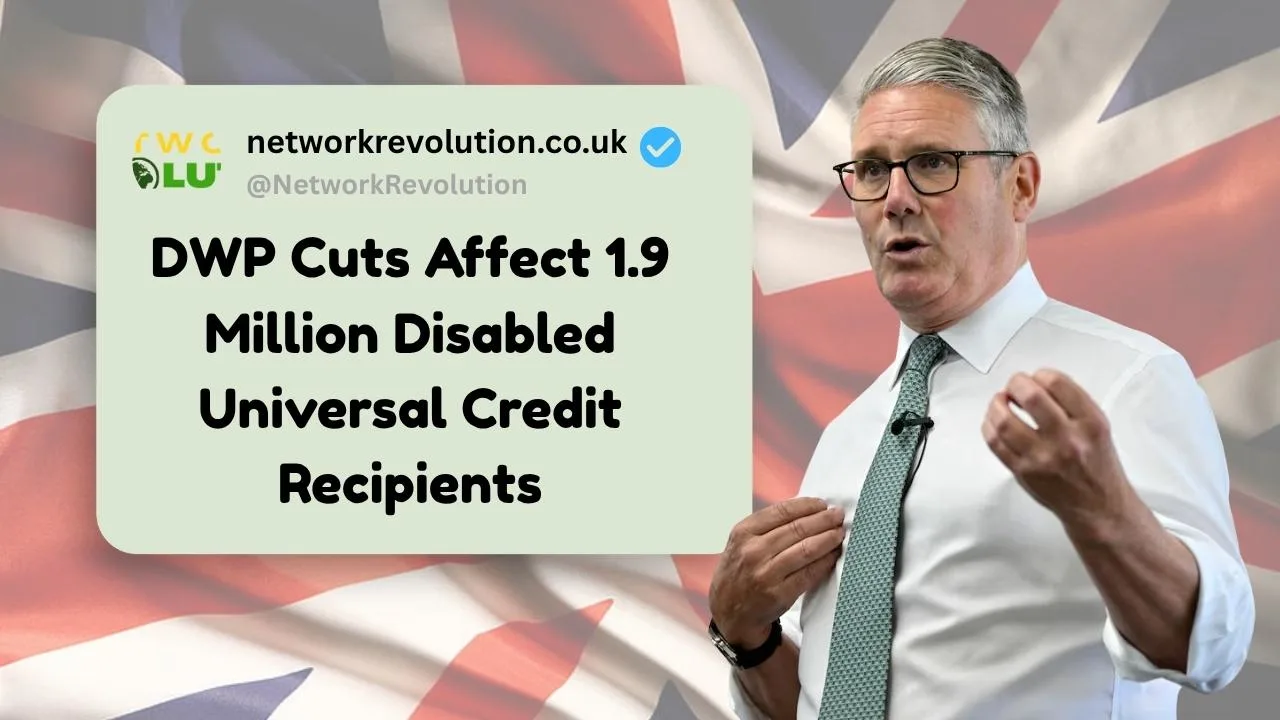The Department for Work and Pensions (DWP) has confirmed that 1.9 million disabled Universal Credit claimants will be affected by planned cuts, despite government assurances of “protections.” With rising living costs, disabled claimants are at risk of significant financial hardship. The Limited Capability for Work and Work-Related Activity (LCWRA) top-up, a crucial monthly payment, will be impacted by upcoming reforms, and many disabled households could see their income slashed, raising concerns among advocacy groups.

Key Features of the DWP Disability Support Under Universal Credit
Universal Credit (UC) offers financial support to individuals unable to work due to health conditions. The DWP’s reforms to UC include changes that directly affect two key categories: Limited Capability for Work and Work-Related Activity (LCWRA) and Limited Capability for Work (LCW) claimants. The changes will impact 1.9 million people in the LCWRA category and approximately 382,000 people in the LCW category.
| Category | Number of Claimants | Extra Payment | Work Requirement |
|---|---|---|---|
| LCWRA (Limited Capability for Work and Work-Related Activity) | 1.9 million | £423 monthly | None (No job-seeking required) |
| LCW (Limited Capability for Work) | 382,000 | None | Yes (Preparation for work) |
The Impact of the Reform on Disabled Claimants
Mental Health and Musculoskeletal Conditions are the most common health conditions among disabled Universal Credit claimants. These conditions often prevent individuals from being able to maintain regular employment. The majority of those receiving LCWRA benefits rely on the extra £423 a month to meet their basic needs.

However, planned reforms will significantly reduce this financial support. The £97 weekly rate for existing LCWRA claimants will freeze until 2029/30. Furthermore, new claimants will see their payments drastically cut to just £47 per week, a reduction that will result in an average annual loss of £1,700 for about three million people.
What the Government Has Said: Protections vs. Reality?
Liz Kendall, the Employment Minister, has defended the reforms, claiming that some groups would be “protected”. These include:

- Terminally ill claimants with fewer than 12 months to live.
- Individuals with lifelong, progressive, and incurable conditions (although the exact definition of these conditions has not been clarified).
However, these protections affect only a small portion of the 1.9 million disabled claimants. 25,000 terminally ill claimants will be safeguarded, while the remaining majority face cuts or freezes to their benefits.

Projected Financial Impact on Disabled Households
The freeze on the LCWRA payment, coupled with the decrease in the allowance for new claimants, means that many disabled households will see their purchasing power diminish. With inflation steadily rising and essential costs like food and heating becoming more expensive, these cuts could lead to:
- Increased poverty among disabled households.
- Worsened health outcomes, as many disabled claimants struggle to afford essentials like medication, transport, and groceries.
- Greater uncertainty for claimants who may not fit neatly into the “progressive and incurable” definition, leading to confusion and fear about the future.

Comparison with Previous Benefits and Reforms
The DWP reforms reflect a broader trend of cuts to welfare benefits, particularly for those with long-term health conditions. The major difference between these reforms and past transitions (like the shift from Disability Living Allowance (DLA to PIP) is the significantly reduced support for those unable to work due to illness or disability.
How Disabled Claimants Can Prepare?
For those affected by the changes, it is crucial to:
- Review Your Benefits: Check how the reforms may affect your current benefits and if you qualify for any exemptions.
- Monitor DWP Announcements: Stay informed about changes in legislation and how they could impact your payments.
- Seek Additional Support: Many charities and advocacy groups, such as Turn2us and Citizens Advice, can help you understand your rights and access emergency financial support.
- Prepare for Financial Adjustments: With cuts looming, it is important for claimants to adjust their budgets and consider other support options, including charitable grants and community services.
Why This Matters: The Political and Social Implications
The impact of these reforms will be felt not only by the disabled community but also by policymakers. With 1.9 million claimants affected, the government will face increased pressure to justify the cuts. Advocacy groups are already warning that the cuts could lead to more widespread financial hardship, affecting vulnerable groups in society.
While Ministers defend these reforms as necessary to ensure the long-term sustainability of the welfare system, the real-world impact could be severe, leading to public dissatisfaction and potential backlash from voters in marginal constituencies where disabled claimants form a significant portion of the electorate.
FAQs
1. What is the LCWRA benefit?
The LCWRA (Limited Capability for Work and Work-Related Activity) element provides additional financial support for people who are unable to work due to illness or disability. This payment is essential for disabled claimants who rely on state support.
2. How will the DWP reforms affect disabled claimants?
The planned reforms will reduce the LCWRA top-up for new claimants to £47 per week and freeze payments for existing claimants at £97 per week until 2029/30. This will result in significant financial losses for many disabled individuals.
3. Who qualifies for the new protections under these reforms?
The protections apply to terminally ill claimants with fewer than 12 months to live and people with lifelong, progressive, and incurable conditions, though the exact definition remains unclear.
4. How can disabled claimants manage financial uncertainty under these reforms?
Disabled claimants are advised to seek additional support from charities, advocacy groups, and local services. They should also review their benefit status and ensure they are receiving the maximum support they are entitled to.
5. What is the future of disability benefits under these reforms?
While the government insists these reforms are necessary for sustainability, many advocacy groups warn that the cuts will push vulnerable disabled individuals further into poverty. There will be continued pressure to rethink the proposed reductions.

